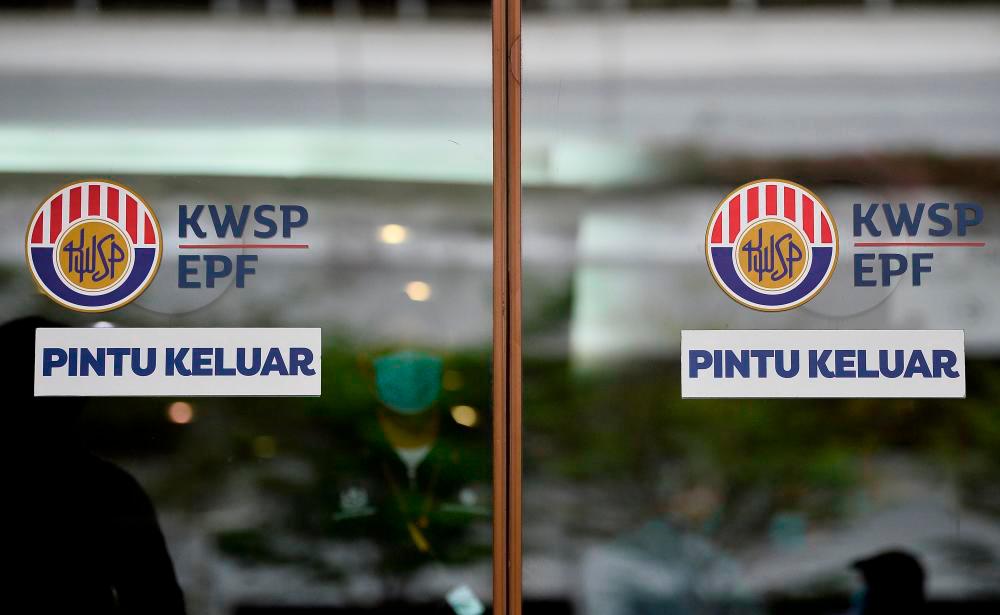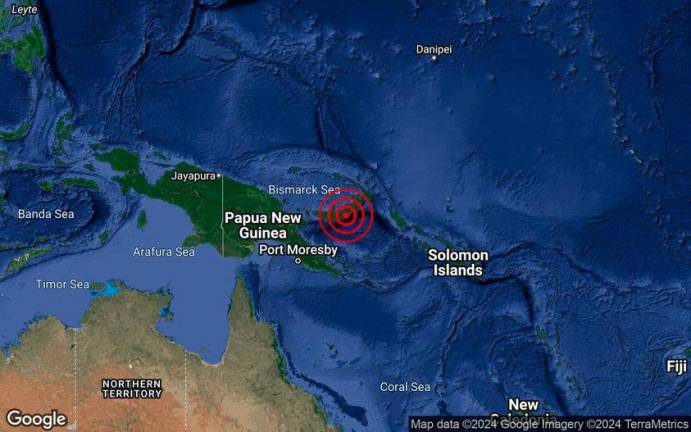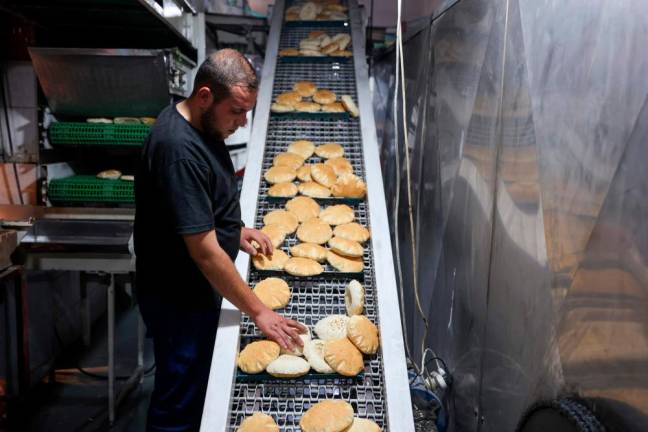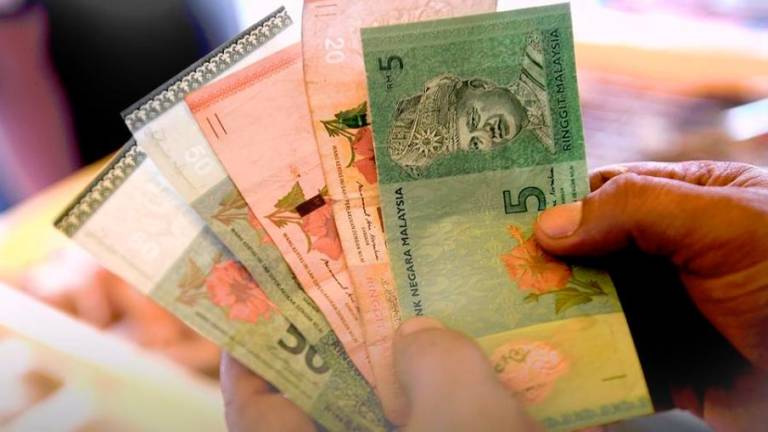IT is scary to think of what will happen to our young working adults when RM101 billion of funds from the Employees Provident Fund (EPF) have been disbursed to over 7.4 million members to cope with the pandemic, leaving 73%, or nearly three quarters of them, in a serious state of having inadequate funds to retire above the poverty line.
There is also a significant drop in the percentage of members meeting the basic savings threshold of RM240,000 at age 55, from 36% in 2020 to an estimated 27% by the end of this year.
This has led to calls for the government to beef up the country’s social protection system for the rakyat and for the EPF to be revamped. But what is sorely needed is not so much social protection but social security as Malaysia is transiting to a developed, high-income country.
Social protection is defined as a set of policies and programmes designed to reduce poverty and vulnerability by promoting efficient labour markets, diminishing people’s exposure to risks, and enhancing their capacity to protect themselves against hazards and interruption/loss of income.
Critics are barking up the wrong tree as the government, to its credit, has extensively taken into account the social protection agenda in Budget 2022 and the 12th Malaysia Plan (2021-2025), the latter being aligned with the shared prosperity initiative, encompassing the three dimensions of economic empowerment, environmental sustainability and social re-engineering.
On the other hand, “social security” refers to the comprehensive mechanisms and coverage in high-income countries, and is less applicable to new areas such as community and area-based schemes.
Ensuring the rakyat has access to a minimum standard of living to face life during retirement amid the country approaching an ageing population, where a relatively lesser number of employable rakyat are supporting an increasing the number of retirees, is what social security is all about.
And this is where the dwindling EPF balance of many Malaysians becomes a grave concern. In this regard, Malaysia does not have to reinvent the wheel judging by the many fanciful and creative ideas put forth by many parties, which will only complicate implementation.
The latest report of the Global Pension Index 2021 of the Mercer CFA Institute, which ranks the best countries for pensions and retirements, puts Malaysia in the 23rd position out of 43 countries, in which Iceland is in first position, with an index score of 84.2, while Thailand is in the last position with a score of 40.6.
Malaysia scores 59.6 – a slight drop from 60.1 in 2020 – which means our pension and retirement scheme is better than Spain (24th position, with a score of 58.6), China (28th, 55.1), Italy (32nd, 53.4), Austria (33rd, 53.0), Japan (36th, 49.8) and South Korea (38th, 48.3).
There will be people who would pooh-pooh the ranking as if it is done by some pro-Malaysia experts to make the country look good. The fact is this is a scientific study where what makes a country top the list is the weighted average given to three sub-indices – the adequacy sub-index, the sustainability sub-index and the integrity sub-index.
The adequacy sub-index, which represents 40% of a country’s overall index score, looks at how a country’s pension system benefits the poor and a range of income earners. It also looks at the system’s efficacy, and the country’s household savings rate and rate of home-ownership.
The sustainability sub-index (35%) considers factors that can affect how sustainable a country’s retirement fund system is by looking at the level of coverage of private pension plans, government debt and economic growth.
The integrity sub-index (25%) explores the communication, costs, governance, regulation and protection of pension plans within that country, and considers the quality of its private sector pensions because, without them, the government becomes the only pension provider. It would be good for these sub-indices to be the driving force for our pension and retirement system to be continually among the best in global ranking.
Also, we can incorporate elements of best practices among the top-ranked countries, particularly Singapore’s retirement scheme, the Central Provident Fund (CPF), into our EPF system. CPF members earn government-guaranteed interest of up to 6% per annum on their savings. In comparison, other defined-contribution pensions systems require members to take on some investment risks to grow their savings.
It is sustainable, as payouts depend on the savings set aside by each member, unlike many other pension systems funded by tax payers, which run the risk of default or insolvency, given the rapidly ageing populations and challenges in reducing pension benefits or deferring pension payout ages.
To help provide for basic retirement expenses, CPF members can set aside the Basic Retirement Sum (BRS), which takes reference from the actual spending of retiree households. And to get higher CPF payouts, citizens can either top up their CPF from age 55, or defer the starting point of their lifetime retirement payouts.
Aside from individual contribution of 20% of their salary to CPF, this is further supplemented by contributions from employers, loved ones and the government. For example, those below 55, for every dollar that they contribute to their Special Account (SA) of the CPF, their employer chips in another S$0.85 (RM2.61), giving them S$1.85. This will double to S$3.70 in about 20 years, and S$7.40 in 40 years. This is seven times more than the S$1 they contributed. This is computed using the base interest of 4% per annum on their SA.
A member with a Full Retirement Sum (FRS), currently at S$186,000 at 55 can expect to get a payout of about S$1,430 – S$1,530 monthly, from age 65 onwards. Those that have less at 55 – the BRS, which is half the FRS amount, at S$93,000 – can expect to receive a payout of about S$770 – S$830. If a member does not have the BRS amount at 55, he has the remaining 10-year working life to top up his retirement account until it reaches the BRS or FRS amount by 65 to enjoy a higher payout during retirement.
For Malaysia to implement this, it can play around with the basic savings threshold of RM240,000 at age 50, which in concept is quite similar to the BRS, and then introduce a final saving threshold, which doubles the basic threshold, as a basis for a lifetime of higher monthly payout beginning 60.
Also, instead of members earning dividends, this can be changed to earning a government-guaranteed interest of up to 6% per annum on their savings with the base interest for Account 1, which is meant for retirement, to be no less than 4%. For the Islamic account, this guaranteed earning could take the form of a hibah.
Finally, a solid social safety net is a prerequisite where a member of the “Keluarga Malaysia” in financial difficulty would always receive financial assistance from other family members as a first resort, and failing this, community support and finally the government as a last resort.
This would enhance the resiliency of the poor so that withdrawal of EPF monies is not resorted to in times of difficulty because help is around the corner from this social safety net until the age of withdrawal at 50 and 55 to face life during retirement.
This idea of a social safety net is embedded in the CPF system when family members are encouraged to top up their kith and kin’s CPF, and the government too topping up the SA and Medisave accounts of CPF members on a periodic basis, especially when the government attains a budget surplus.
Jamari Mohtar is the Editor of Let’s Talk!, an e-newsletter on current affairs. Comments: letters@thesundaily.com













